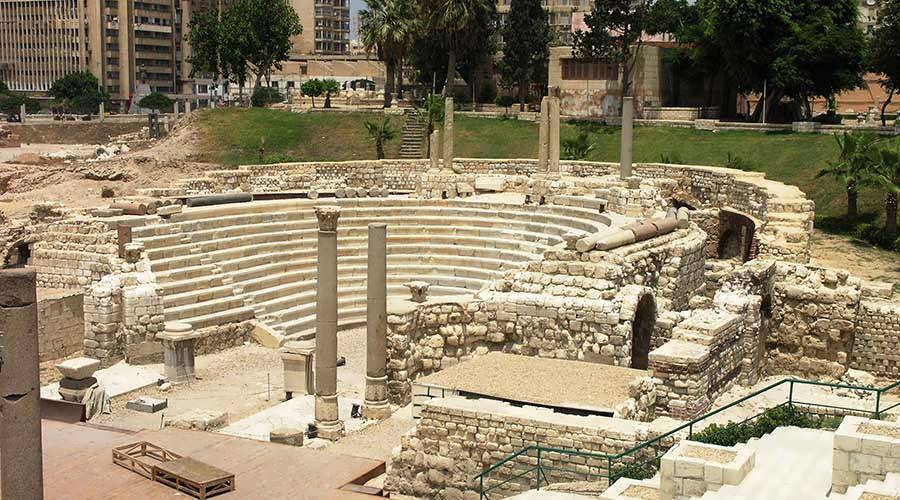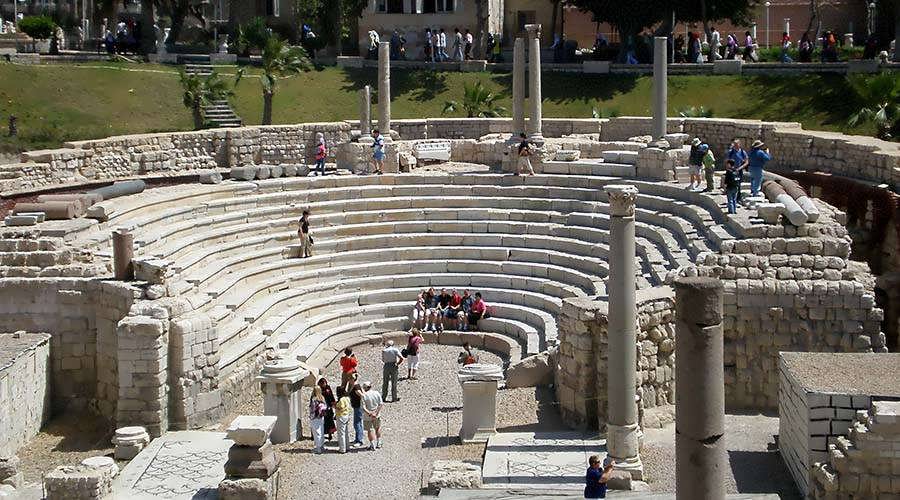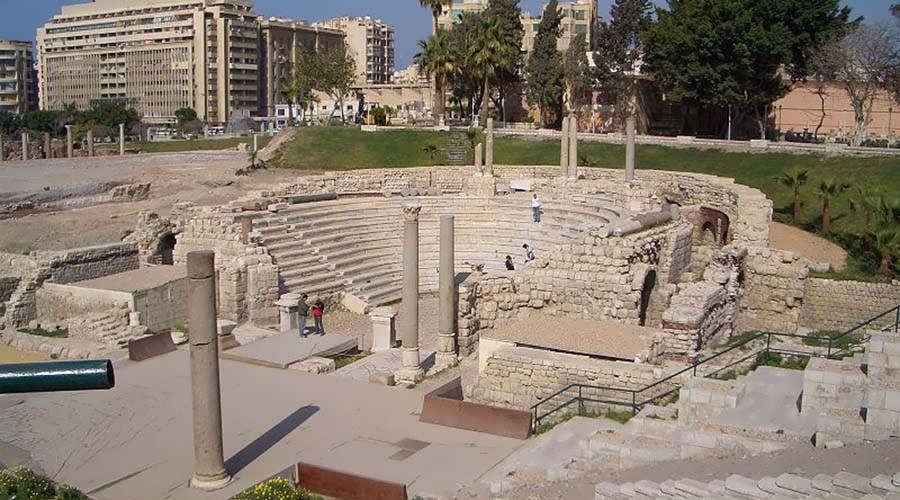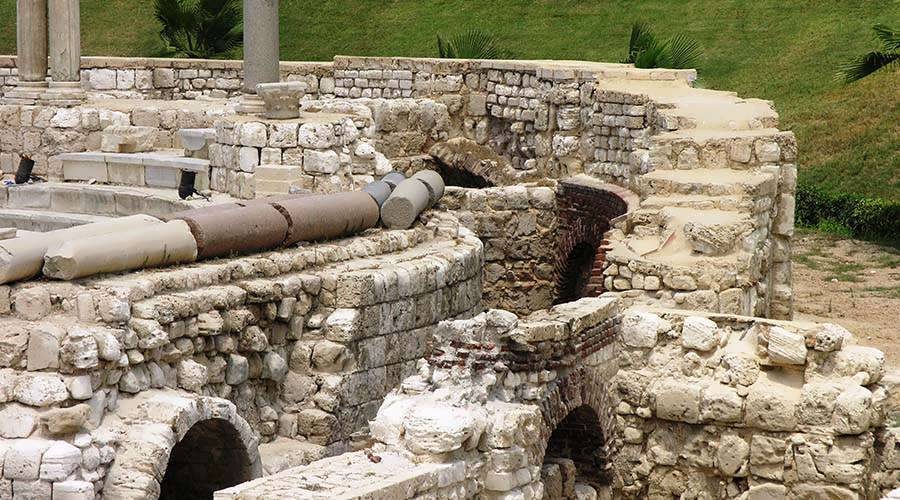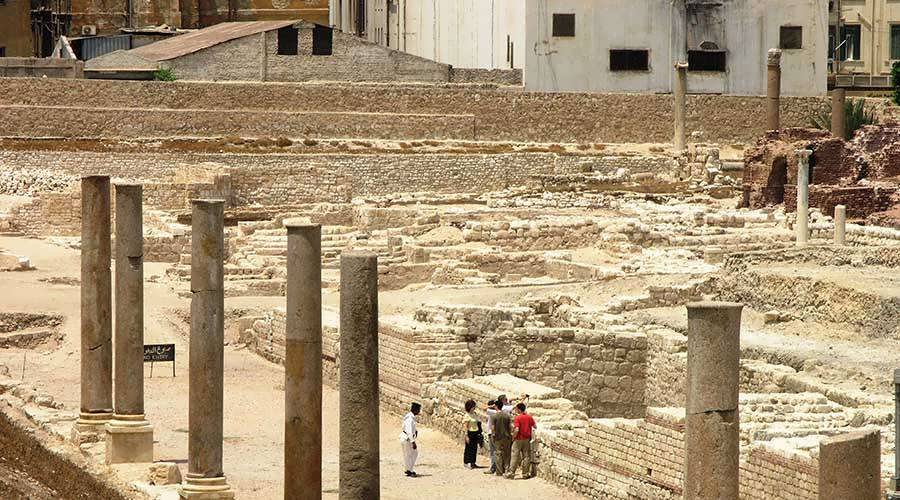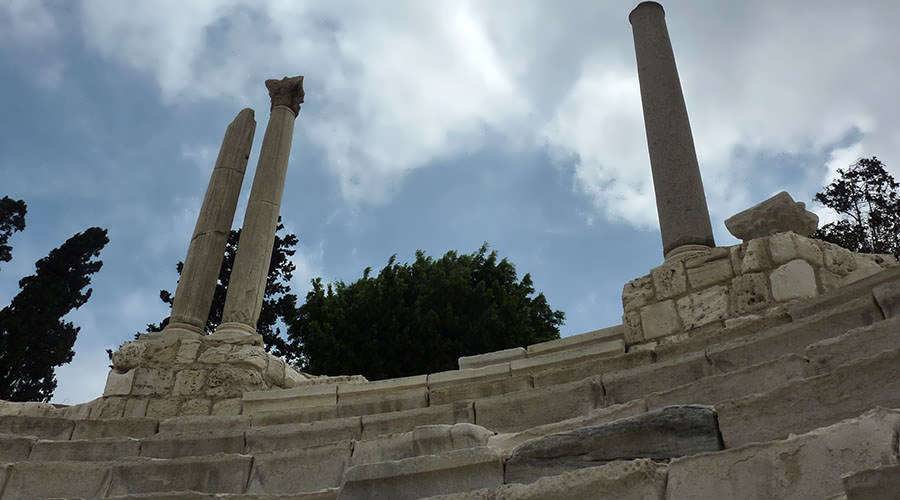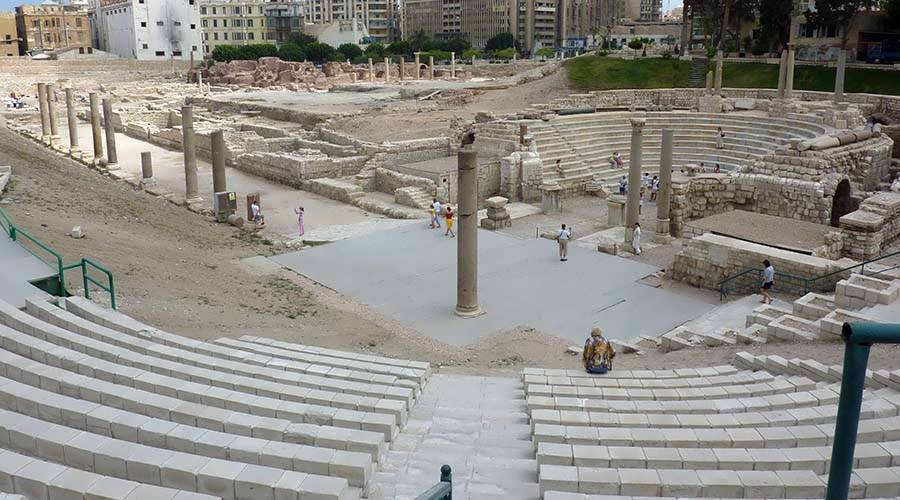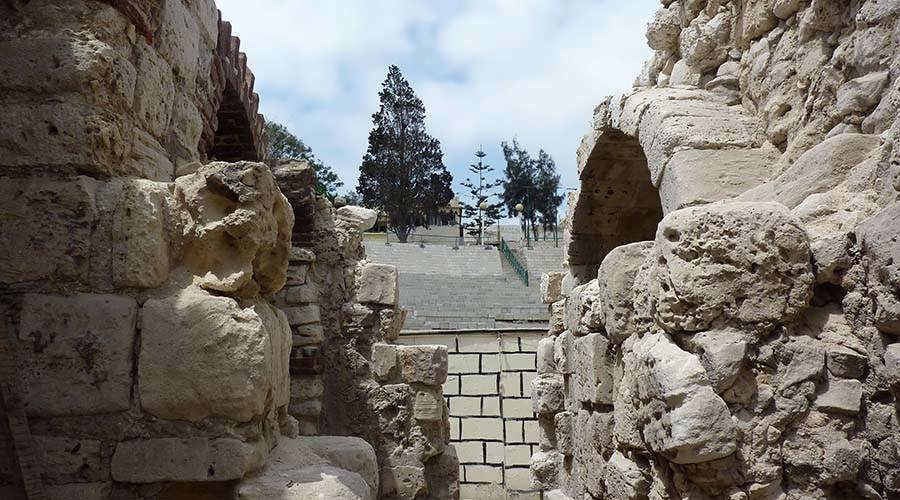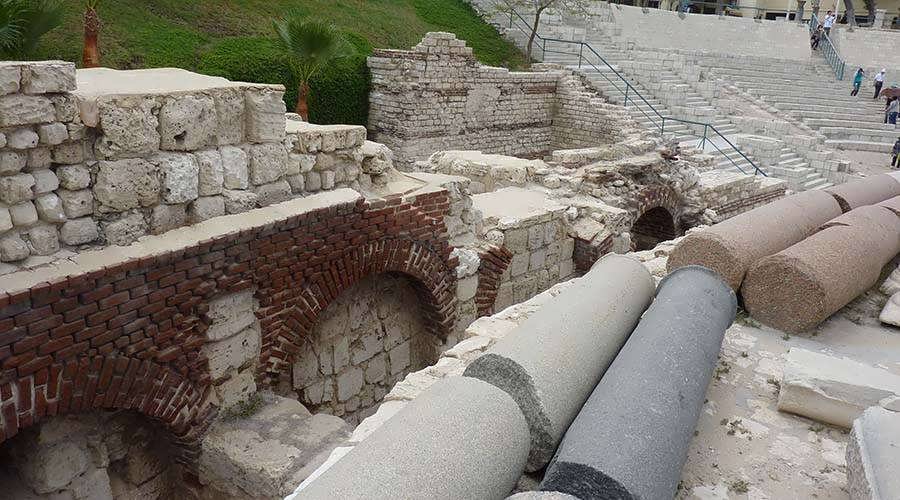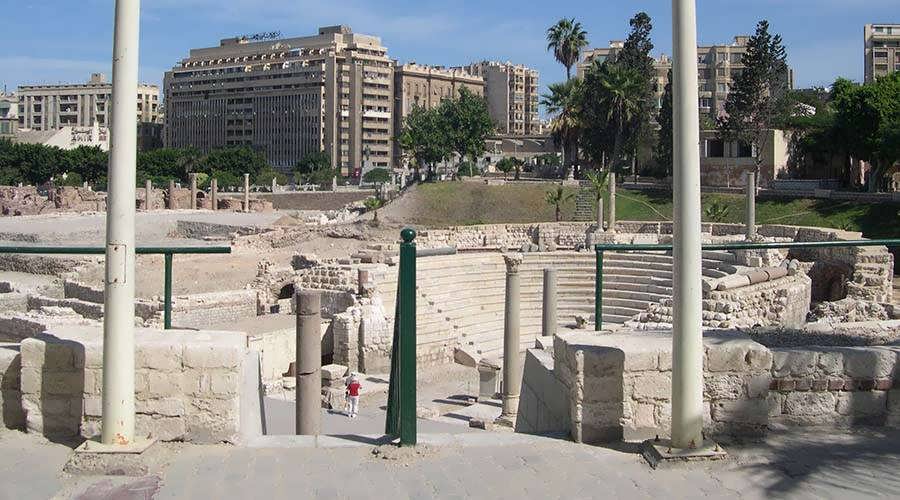Roman Amphitheater
The Roman Amphitheater Alexandria is one of the most popular monuments in Alexandria City . Alexandria is the second most important city in Egypt after Cairo . Amphitheaters quite spread during the reign of the Romans. They were in different countries like Greece, Italy, and Turkey. They are present in many regions around Europe and the Middle East. Roman Amphitheater Alexandria is the only one of its type in Egypt . The word “Kom El Dekka” in Arabic, means the hill of rubble or the hill of the benches. It named when a famous historian, El Neweiry, passed by this area in the beginning of the 20th century . El Neweiry saw the many piles of rubble and sand. The formed due to the digging of the Mahmoudeyya Canal at the end of the 19th century. The canal linked Alexandria to the Nile River. These piles looked exactly like some huge benches. El Neweiry was the one who gave the area its recent famous name. The Roman Amphitheater Alexandria indeed is one of the most important Roman architectural achievements in Egypt . It was by mere coincidence in 1960. The workers went to remove a pile of dust and sand in 1960. It was to clear the land and construct a governmental building. They found some solid iron columns while digging into the ground .The Roman Amphitheater Alexandria is one of the most popular monuments in Alexandria City . Alexandria is the second most important city in Egypt after Cairo . Amphitheaters quite spread during the reign of the Romans. They were in different countries like Greece, Italy, and Turkey. They are present in many regions around Europe and the Middle East. Roman Amphitheater Alexandria is the only one of its type in Egypt . The word “Kom El Dekka” in Arabic, means the hill of rubble or the hill of the benches. It named when a famous historian, El Neweiry, passed by this area in the beginning of the 20th century . El Neweiry saw the many piles of rubble and sand. The formed due to the digging of the Mahmoudeyya Canal at the end of the 19th century. The canal linked Alexandria to the Nile River. These piles looked exactly like some huge benches. El Neweiry was the one who gave the area its recent famous name. The Roman Amphitheater Alexandria indeed is one of the most important Roman architectural achievements in Egypt . It was by mere coincidence in 1960. The workers went to remove a pile of dust and sand in 1960. It was to clear the land and construct a governmental building. They found some solid iron columns while digging into the ground .
Further details about The Roman Amphitheater Alexandria : The excavation work began in the location of Kom El Dekka. It carried out by the Graeco Roman Museum . Polish Excavation Mission in Egypt sponsored by the University of Warsaw. Excavation works revealed one of the most important discoveries in Egypt .
The Roman Amphitheater Alexandria stayed in service and used to host
different artistic events. It is like musical concerts and different
sorts of events up till the seventh century. This fact proven due
to the architectural elements present in the theater. It showed that it
used during three different periods. They Roman, Byzantine and the Early
Islamic era. The Roman Amphitheater Alexandria used in several
purposes. It was during its long history and passing by different
periods of time. It used as an odium where musical shows performed
during the Roman period .The theater, at the time, had all the
elements to host perfect performance. It was like the dome that once
stood over the stage and the section of the orchestra. In the Byzantine
era, it used as a conference hall.
It was where important meetings like
public assemblies and governmental summits take place. The Roman
Amphitheater Alexandria neglected during the early Islamic period and
onward. In fact, it was until discovered during the middle of the 20th
century. It became one of the most marvelous historical sites of the
city of Alexandria. The Roman Amphitheater which we see today
constructed in the 4th century AC. It was a common feature of the Graeco
Roman period. Amphitheaters were special roofed theaters. They built to
host music ceremonies and poet competitions during the reign of the
Romans in Egypt . More details about The Roman Amphitheater Alexandria : The
Roman Amphitheater Alexandria featured with its marble audiences
section. It is symmetrical with extended wing. In fact, it hosted up 600
spectators. The audience section of the Roman Amphitheater has a
diameter of about 33 meters. It consists of 13 rows. They made of
European white marble. The uppermost part was a portico which made out
of Granite columns. Granite columns brought from Aswan
and some of them are still standing until today.
The thirteen rows of the Roman Amphitheater Alexandria numbered. They numbered with Roman digits and letters. It was to regulate the seating of the audience in different occasions . There were also five compartments. They constructed at the top of the audience section. They used to host important figures and wealthy tradesmen during performances. These compartments used to have ceilings with domes. Domes based upon large columns made of granite to protect the audience from the sun and the rain. The domes used to magnify the sound of the music and the chants during different performances. All these structures destroyed during an earthquake. It hit Alexandria in the 6th century AD. It resulted in the damage of many important structures at the time. They are like the famous Pharaohs Light House. Pharaohs Light House once stood in the position of the Qaitbey Fort nowadays . Further details about The Roman Amphitheater Alexandria :The steps and the rows of the Roman Amphitheater based upon a thick white limestone wall. Another wall surrounds it as well. These two walls connected together through many arches. They are where the outer wall function to support the inner wall. It was a common feature of the Roman architecture from the 2nd to the 4th century. In the middle of the structure, there is the section of the orchestra. It is where the musical performances used to take place. This section supported with two large marble columns. It has some of the finest Roman mosaics on its floor . Contemporary researches that made some comparisons between the Roman Amphitheater Alexandria and others. The others are similar structures which discovered in Italy, Greece and Garash Theater in Tunisia. They have concluded many interesting facts. One fact is that Roman Amphitheater Alexandria not constructed to be a theater. It was not a theater for hosting performances and artistic events. In fact, it designed for meetings of important figures and officials. It was maybe for private performances which has a limited number of audience.


